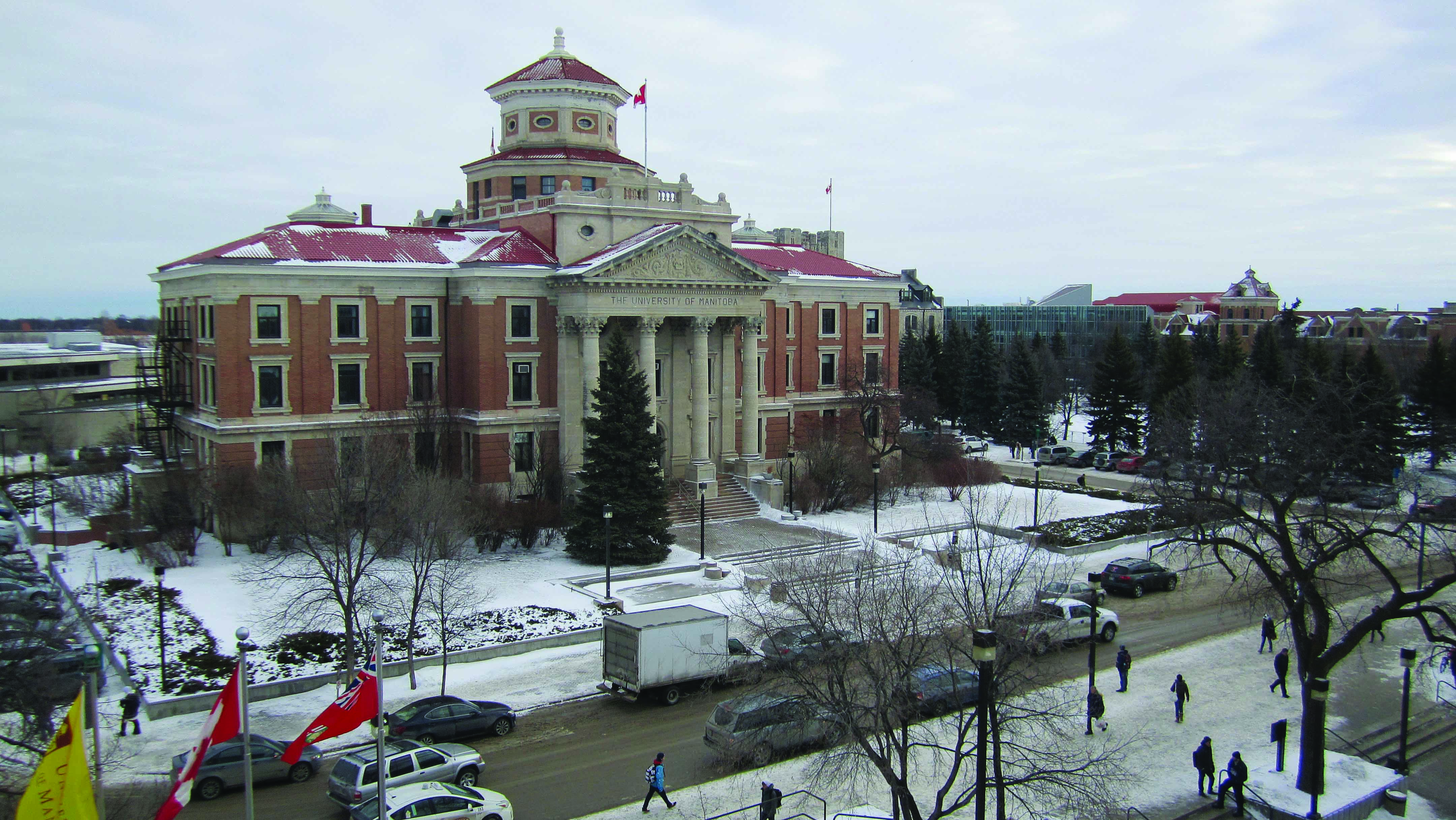The recent closure of the Arlington Bridge by the City of Winnipeg is another prime example of the city council trying to find a homemade solution to Winnipeg problems that never materializes.
On Nov. 21, city officials released a statement calling for the closure of Arlington Bridge immediately due to a bridge condition assessment. Corrosion and rapid decay were the main reasons why the 111-year-old bridge was closed.
Many North End residents, including motorists, cyclists and pedestrians, will now need to use alternative routes including the McPhillips Street underpass or the Slaw Rebchuk Bridge to avoid the Canadian Pacific Railway (CPR) lines and traffic-related chaos.
Closures like the Arlington Bridge affect marginalized Winnipeggers the most. Lower income residents, Indigenous people, and students who rely on alternative methods of transportation like cycling and walking face increasingly challenging situations as a result of this closure.
Shutting off an option like the Arlington Bridge causes headaches for vulnerable residents who rely on the bridge for transportation access, including lost time.
Users must now plan different routes earlier, leave earlier to take their kids to daycare — if they can afford it — and then work, likely using a mix of public transit and walking. They’ll have to repeat the same route after work by adding 30 to 60 minutes daily while reducing family time.
Another headache is that such closures can cause personal lost wages from being late due to traffic problems. Individuals using public transportation to get around are now impacted more by traffic jams and snarling city streets in car-centric cities from traffic delays that affect the public transportation system.
When we keep putting off fixing older infrastructure problems in our older neighbourhoods, these problems are exposed. There have been public talks about repairing the Arlington Bridge, but the City of Winnipeg has been slow to act. Costs to repair the Arlington Bridge were estimated to be $330 million by 2024 if city hall had the money, according to a 2018 CBC news article.
Meanwhile, the 100-plus-year-old Louise Bridge connecting Point Douglas and Elmwood also needs significant repairs. There was a planned expansion in 2009 that was abandoned, and now, the city may throw away $16.5 million in future repairs for the bridge, depending on our city’s new Transportation Master Plan.
Time in and time out, our city still needs to address our crumbling infrastructure in two of our oldest neighbourhoods. The demise of the Arlington Bridge will have a disastrous effect, and there is potential for a catastrophe if the Louise Bridge is not addressed soon.
Instead of spending hundreds of millions of dollars on extending Chief Peguis Trail and Kenaston Boulevard, which would only really benefit wealthier areas, that money would be better spent elsewhere. The city should start removing the CPR rail lines near the Arlington Bridge and repairing the Louise Bridge while investing in Winnipeg Transit and our active transportation networks.
At the very least, the money should go to mature communities rather than let the infrastructure and social capital crumble.
Adam Johnston hosts Not Necessarily the Automobile on 101.5 UMFM on Thursdays from 11:30 a.m. to 12 p.m.




